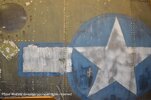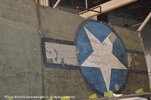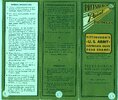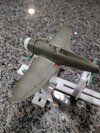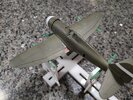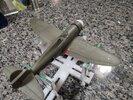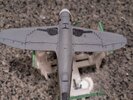Hello All
All does anyone have any experience with weathering the oil drab green dorsal surface of a p47d razorback. I was thinking about first using a oil sludge wash using sepia color oil. I was going to follow this with a pin dot filter technique to bring out the aging process. My question is is it better to do one before the other.
I've also seen a recent YouTube of somebody weathering an oil drab surface P61 with using thinner and a soft bristle brush to gently take layers of the paint away, giving it that faded appearance. Any experiences or suggestions?
Thanks
Doc Sudy
All does anyone have any experience with weathering the oil drab green dorsal surface of a p47d razorback. I was thinking about first using a oil sludge wash using sepia color oil. I was going to follow this with a pin dot filter technique to bring out the aging process. My question is is it better to do one before the other.
I've also seen a recent YouTube of somebody weathering an oil drab surface P61 with using thinner and a soft bristle brush to gently take layers of the paint away, giving it that faded appearance. Any experiences or suggestions?
Thanks
Doc Sudy


